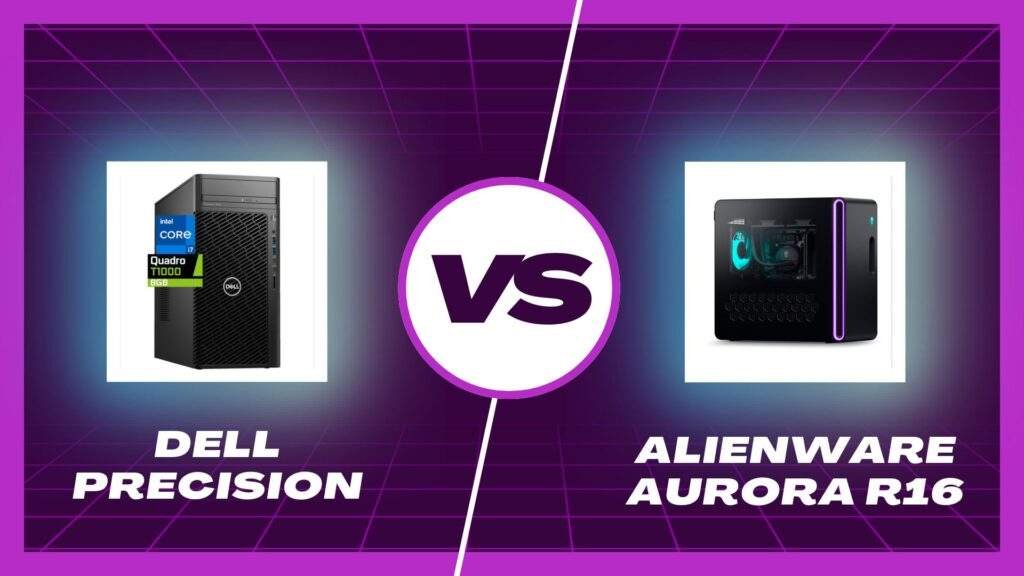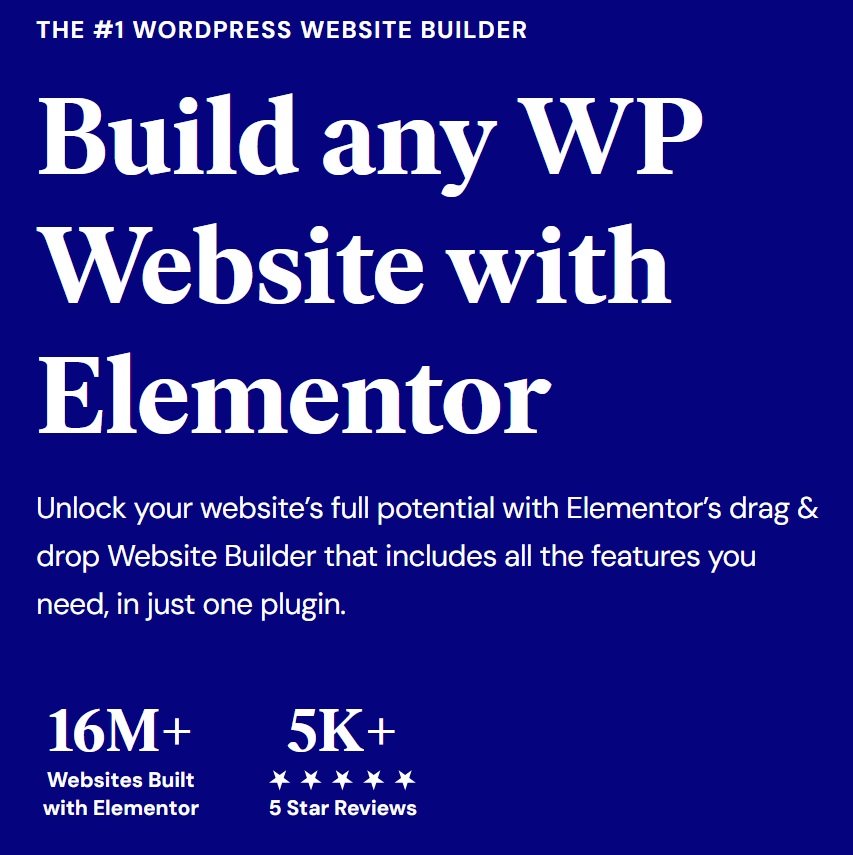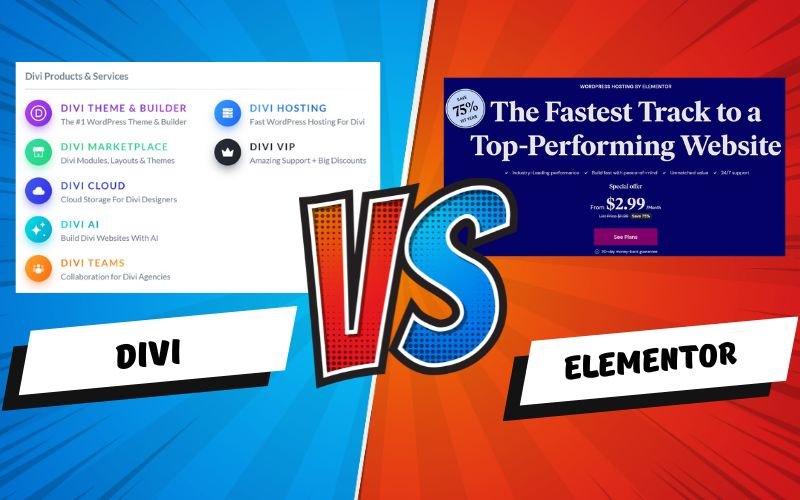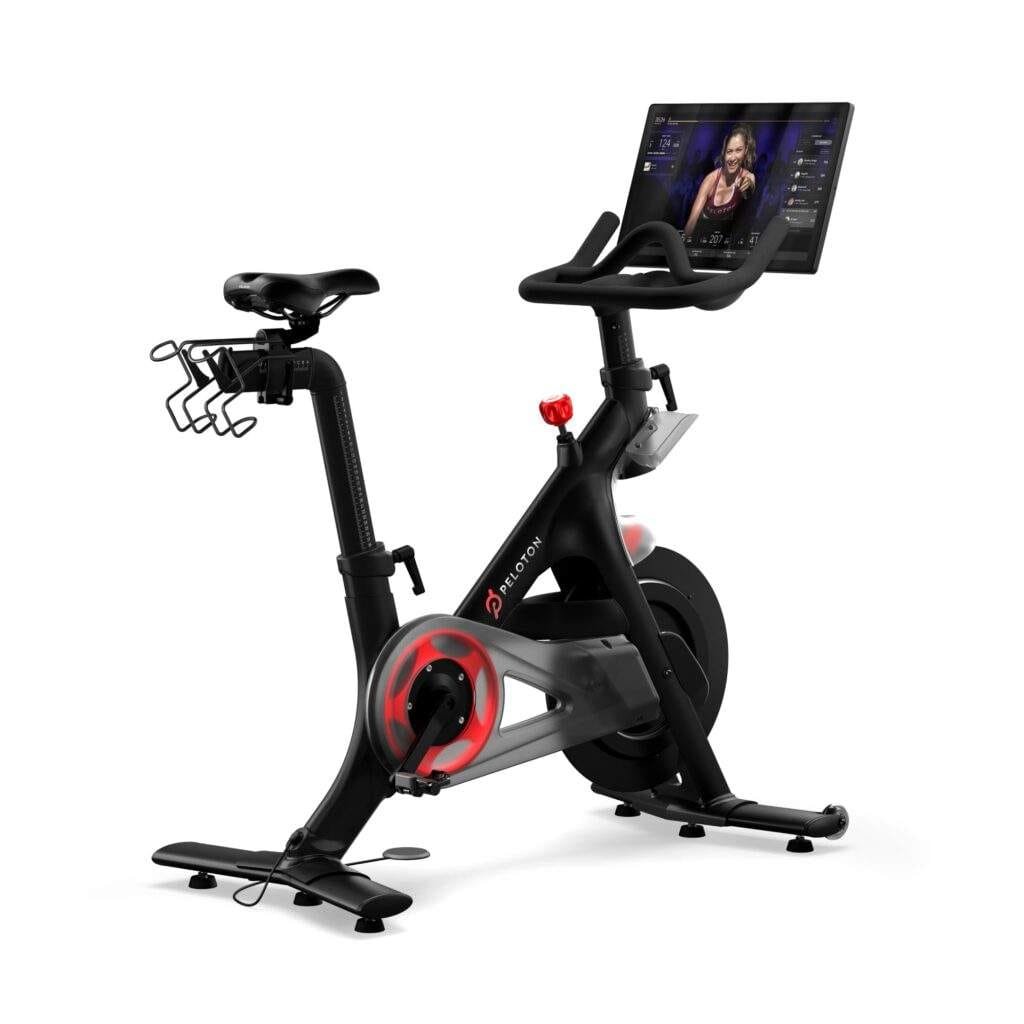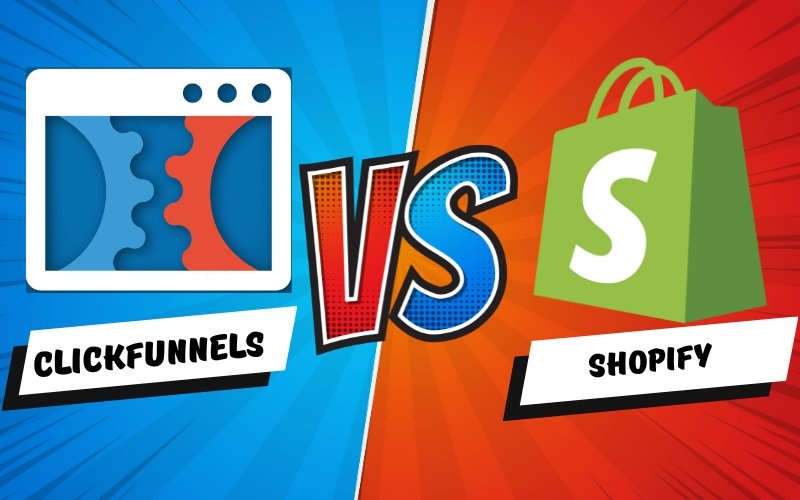Free Online Store Unlimited Products made easy. Harness free platforms, email marketing, and research tools to dominate online retail
Free Online Store Unlimited Products: Ultimate Success Playbook
Table of Contents
Introduction
If you have ever contemplated starting your own digital storefront without hefty setup fees, limited listings, or complicated technical requirements, the thought of a free online store with unlimited products may be incredibly appealing. Today’s digital landscape offers you an unprecedented opportunity to reach consumers from all over the globe, all from the comfort of your home or small office. Whether you are a budding entrepreneur with a shoe-string budget or an established brick-and-mortar store owner looking to expand, a free online store can provide you with a cost-effective entry into eCommerce.
This comprehensive guide walks you through the ins and outs of launching a free eCommerce platform where you can add an unlimited number of products. You will discover how to choose the right platform, how to integrate essential marketing tools, and how to ensure your site is set up for success from the very beginning. From understanding key features to exploring marketing strategies that will drive traffic, this blog post aims to provide a start-to-finish roadmap. By the end, you will have a clear sense of the steps involved, the resources available, and the potential pitfalls to avoid when creating your online store.
Throughout this post, you will find references to some of the most user-friendly tools in email marketing, such as GetResponse and Mailchimp. Both of these platforms offer free trials, allowing you to test their capabilities before making a commitment. Additionally, for those interested in Amazon FBA or exploring ways to expand your product offerings to a massive marketplace, there is an overview of the Amazon FBA research tool, Helium 10. Used intelligently, these services can support every aspect of your eCommerce journey, from customer outreach to market research.
In this guide, you will learn:
- What a free online store with unlimited products entails
- How to choose a suitable platform and set it up step by step
- How to integrate email marketing solutions effectively
- Why Amazon FBA research tools can be beneficial
- A full suite of marketing and scalability tips
- Common pitfalls and how to overcome them
Let us delve into all the details you need to establish, run, and grow your free online store.
Understanding the Concept of a Free Online Store with Unlimited Products
What Does “Free” Really Mean?
When you hear the term “free online store,” it is important to clarify what aspects are truly offered at no cost. Some platforms let you build a storefront at zero upfront expense but may introduce constraints such as limited bandwidth, a small product cap, or mandatory branding. In other cases, the platform itself charges nothing for basic features, but you might incur transaction fees on every sale or pay more for additional functionality like abandoned cart recovery.
A truly free online store with unlimited products typically means you can create a storefront, list as many products as you want, and start selling without paying a monthly subscription. However, you should still look out for possible charges that may include:
- Transaction fees on each sale
- Paid add-ons or plugins for additional functionality
- Payment gateway fees depending on the provider you choose
- Domain costs if you want to use your own custom domain name
Be prepared to compare multiple solutions to see which one aligns best with your budget and long-term aspirations.
The Evolving Landscape of eCommerce
Just a decade ago, you might have needed technical expertise, significant capital, and specialized web development skills to launch an online store. Today, a wealth of user-friendly solutions cater to different business sizes and needs. Many eCommerce platforms offer drag-and-drop site builders, integrated payment gateways, and marketing tools that enable even the most inexperienced entrepreneurs to set up a professional-looking store.
If you are eager to enter the eCommerce market, now is a great time. Consumers worldwide continue to shift more of their shopping habits online, and technological barriers for new business owners are lower than ever.
Who Is It For?
A free online store with unlimited products appeals to a broad range of users, such as:
- New Entrepreneurs: If you are just starting and have minimal capital, a free plan can offer a risk-free way to test your business idea.
- Hobbyists and Crafters: Maybe you create handmade items or digital art and want a space to showcase your portfolio without significant overhead costs.
- Existing Businesses: Brick-and-mortar stores looking to venture online can use free platforms to experiment with eCommerce models.
- Nonprofit Organizations: Charities and causes might sell merchandise or collect donations without devoting a chunk of their budget to monthly software fees.
Why Consider a Free Online Store with Unlimited Products
When setting up your digital storefront, you want as much flexibility as possible to scale. Having unlimited products means you do not have to worry about upgrading your plan when you add new merchandise or expand your collections. This capacity to grow organically is vital if you plan to offer extensive product lines or cater to diverse consumer niches.
Below are some compelling reasons you may want to create a free online store with unlimited products:
- Cost Savings: Minimizing monthly expenses is crucial when you are exploring new markets or testing product viability.
- Flexibility: You get the freedom to list all your products without restrictive caps, which means your store can grow at your pace.
- Simplicity: Many free platforms focus on user-friendliness, making store setup less daunting.
- Scalability: If your store takes off, you can usually migrate to a premium plan or add features without having to relocate your entire inventory.
Keep in mind that while many free eCommerce solutions exist, the level of support, customization, and features can differ. Always balance your need for free services with the advanced functionality you might require down the road.
Key Features to Look for in a Free Online Store
Before diving into specific platforms, it is worth exploring the features you need in any eCommerce solution that claims to be free and allows for unlimited product listings.
- Ease of Use
Look for a straightforward interface that does not demand coding knowledge. Ideally, the platform should offer drag-and-drop site building, guided tutorials, and a robust knowledge base. - Unlimited Products
Confirm that you can list as many products as you want without hidden charges. Some platforms advertise “unlimited” but place constraints on storage or bandwidth that indirectly cap product listings. - Integration with Payment Gateways
Secure, convenient payment options are crucial. Check if the platform supports popular gateways like PayPal, Stripe, or other regional services. - Mobile Responsiveness
Most shoppers use mobile devices to browse and buy products online. Ensure your chosen platform offers responsive themes or templates, so your store looks professional on any screen. - SEO Tools
Built-in SEO features, such as customizable meta tags, clean URLs, and structured data, can help your store rank higher in search engine results. - Customer Support
Even free plans might offer some level of user support, whether through community forums, chat, or email. You want a platform that helps you troubleshoot efficiently. - Scalability
As your store grows, you may need advanced marketing tools, analytics, or integrated apps. Investigate whether the platform has higher-tier plans or integrations that you can upgrade to later.
Platforms That Offer a Free Online Store with Unlimited Products
To give you a better idea of what is available, here are a few platforms often cited for their free offerings. Note that each has its distinct pros and cons, so it is essential to evaluate them in detail:
- Ecwid
- Offers a free plan with basic functionality and the ability to list unlimited products.
- Integrates well with existing websites or social media pages.
- Paid plans unlock advanced marketing tools and expanded support.
- Square Online
- Provides a free plan that supports unlimited products and basic shipping features.
- Automatically integrates with Square’s payment system, making it an easy pick for offline sellers already using Square POS.
- Limited design customization on the free tier.
- FreeWebStore
- Specifically aims at beginners with simple store setup tools.
- No transaction fees on the free plan, but design options are limited.
- Scalability may be an issue if you plan to add complex features later.
- BigCartel (Free Plan)
- The free plan limits product listings, so it may not fully satisfy the “unlimited products” requirement unless you are comfortable with a small catalog.
- Provides a minimalist interface suitable for artists or creatives.
- WooCommerce (with WordPress)
- Technically free and open-source. You have no imposed limit on products.
- Requires you to set up hosting and a domain (which are not free unless your hosting provider offers a special deal).
- Highly customizable and scalable but can require more technical knowledge compared to other platforms.
As always, review the fine print on each platform to ensure you are indeed getting unlimited product listings without incurring hidden fees down the road.
How to Launch a Free Online Store with Unlimited Products
Building a successful store is not just about signing up for a service. You need a plan that walks you through every step, from conceptualization to execution. Below is a general roadmap that you can adapt based on your unique objectives:
- Define Your Niche and Target Audience
Begin by deciding what kind of products you want to sell. Are you focusing on a specific category like handmade crafts, print-on-demand merchandise, or digital services? Research your potential customers—demographics, online behavior, and preferences—and build your strategy around their needs. - Register on Your Chosen Platform
Once you have shortlisted a few platforms, create a free account. Familiarize yourself with their dashboard, set up your store’s name, and customize the design to match your brand identity. - Add Products and Product Descriptions
Upload clear images and write concise, compelling descriptions. A best practice is to include relevant keywords and highlight the benefits of each item. Ensure your product pages look consistent in terms of style and formatting. - Set Up Payment and Shipping Methods
At this stage, enable the payment gateways offered by the platform—PayPal, credit card options, or other local providers. Clarify your shipping policy, offering free shipping for certain regions or establishing flat-rate shipping based on weight and destination. - Optimize for SEO and User Experience
Use the platform’s built-in SEO tools to add meta titles, meta descriptions, and alt tags for images. Structure your store’s navigation to make it easy for customers to find what they need. - Test Your Store
Conduct a thorough check by simulating a customer’s journey. Add items to the cart, proceed to checkout, and complete a test purchase (with a small payment if necessary). This step helps you catch technical issues and ensures a seamless shopping experience. - Promote and Drive Traffic
Launch marketing campaigns via social media, email newsletters, or search engine ads. Also consider offering special promotions or coupon codes to encourage initial sales. - Gather Feedback and Improve
Analyze your store’s performance. Look at the bounce rate, abandoned carts, and customer reviews. Use this data to refine your pricing, marketing, and user interface.
By following these steps, you create a stable foundation for your store and set the stage for long-term success.

Integrating Email Marketing Tools: Why They Matter
Email marketing remains one of the most effective and budget-friendly ways to connect with your audience. Whether you are promoting a new product line, offering seasonal discounts, or sharing blog updates, email campaigns can increase customer engagement and retention. Even if you have a free online store, you can integrate it with email marketing solutions. This will help you:
- Build Customer Loyalty: Personalized newsletters and updates keep your brand at the top of your customers’ minds.
- Automate Communication: Automated workflows send welcome emails, order confirmations, or follow-up reminders.
- Segment Your Audience: Categorize subscribers based on their buying habits or interests, then target them with relevant offers.
- Track Engagement: See who opens your emails, clicks through your links, or makes a purchase after receiving your message.
Best Email Marketing Tools to Consider
GetResponse
GetResponse is a robust email marketing platform that also offers marketing automation, webinars, and CRM features. Even on its entry-level plan, you can manage campaigns effectively. Its user-friendly interface and drag-and-drop email editor make it easy to create visually engaging newsletters, even if you lack design experience. You can start with a free trial and see if its functionalities align with your needs. Key highlights include:
- Marketing Automation: Set up automated workflows to nurture leads and engage existing customers.
- Landing Page Builder: Create dedicated pages to capture leads or promote specific products.
- Advanced Analytics: Track open rates, click-through rates, and conversions for data-driven optimization.
Mailchimp
Mailchimp stands out for its approachable platform that accommodates both beginners and seasoned marketers. Their free trial makes it easy to test essential features such as basic email templates, audience segmentation, and limited automation. As your needs grow, paid tiers unlock more sophisticated tools like A/B testing and advanced audience insights. Some of its features:
- Drag-and-Drop Editor: Customize email templates without coding.
- Audience Segmentation: Tailor content based on location, engagement, or past purchases.
- Integration Options: Connect Mailchimp to various eCommerce platforms, including most free store builders.
Both GetResponse and Mailchimp offer free trials, allowing you to get a sense of their user interfaces, automation capabilities, and integration options. You can then decide which aligns best with your store’s requirements and your future marketing goals.
Marketing Strategies to Grow Your Free Online Store
Even if you have set up your store to be visually appealing and user-friendly, you will still need targeted marketing campaigns to attract potential buyers. A consistent, multi-channel approach helps you gain traction in a saturated market. Here are strategies to consider:
- Search Engine Optimization (SEO)
- Conduct keyword research related to your products.
- Optimize product titles and descriptions with relevant phrases.
- Focus on long-tail keywords for niche products where competition is lower.
- Content Marketing
- Start a blog section on your store or another platform to discuss industry trends or highlight how your products solve specific problems.
- Publish tutorials, buying guides, or product comparisons to establish trust and authority.
- Social Media Promotion
- Share product images or videos on popular platforms like Instagram, Facebook, and TikTok.
- Engage your audience with polls, Q&A sessions, and giveaways.
- Collaborate with micro-influencers who share your brand’s ethos.
- Paid Advertising
- Consider small-scale campaigns on Google Ads or social media platforms to test the waters.
- Track metrics like cost-per-click (CPC) and conversion rate to gauge effectiveness.
- Email Marketing
- Send regular newsletters to your subscribers about upcoming promotions, product launches, or company milestones.
- Use automation to deliver targeted messages based on user behavior, like abandoning a shopping cart.
- Segment your mailing list for more personalized communication.
- Cross-Promotion and Partnerships
- Collaborate with businesses in your niche but not direct competitors.
- Run joint campaigns where each party promotes the other’s products or services.
Leveraging Amazon FBA Research: Why Helium 10 Can Help
While focusing on a free online store with unlimited products is a great first step, expanding to other channels—like Amazon—can significantly grow your revenue. If you plan on branching out to Amazon FBA (Fulfillment by Amazon), you will want to conduct thorough market research.
Helium 10 is a well-known research and analytics tool designed to help sellers identify profitable product opportunities, analyze competitor listings, and optimize their Amazon listings. Here is why it might be valuable:
- Product Research
- Pinpoint high-demand, low-competition niches by analyzing search volume and competition.
- Evaluate the sales history and revenue potential for different product categories.
- Keyword Optimization
- Identify relevant keywords that can boost your product’s visibility in Amazon’s search results.
- Integrate these keywords into your product title, bullet points, and backend search terms.
- Competitor Analysis
- Track your competitors’ pricing, promotions, and listing performance.
- Use insights to refine your own strategies and stay competitive.
- Listing Optimization
- Get suggestions for improving titles, bullet points, and descriptions.
- Optimize images and other content elements for better conversion rates.
Using Helium 10 effectively can give you a competitive advantage on Amazon, helping you diversify your revenue streams beyond your own store. If you are serious about scaling, leveraging a tool like Helium 10 can ensure you are making data-driven decisions for product selection and marketing.
Detailed Step-by-Step Setup For Free Online Store Unlimited Products
Let us break down a simple sequence for setting up your store, using a hypothetical platform that offers a truly free plan with unlimited products. The same general approach applies across different services, though some details may vary:
- Sign Up
- Visit the platform’s website.
- Provide basic information, such as your email, name, and desired store name.
- Verify your account through the confirmation link sent to your email.
- Choose a Template
- Browse through available templates.
- Pick one that aligns with your brand’s aesthetic and can handle an extensive product range.
- Customize the color scheme, font, and layout for brand consistency.
- Add Your Domain
- Use the subdomain provided by the platform if you are on a tight budget.
- Purchase a custom domain if you want a professional URL (yourstorename.com).
- Follow the platform’s instructions to connect your domain if you bought it from a registrar.
- Upload Product Images and Descriptions
- Group similar items into categories.
- Use high-resolution images taken from multiple angles.
- Write clear, keyword-rich descriptions that highlight your product’s features and benefits.
- Configure Payment Settings
- Decide which payment gateways to enable (PayPal, Stripe, etc.).
- Ensure each gateway is set up correctly and test them with a small transaction.
- Set Up Shipping Options
- If shipping internationally, consider region-specific rates.
- Incorporate shipping calculators if the platform supports it.
- Display shipping policies on your store to manage customer expectations.
- Enable SSL Security
- Many eCommerce platforms provide a free SSL certificate.
- Confirm that your store’s URL begins with https:// to protect sensitive customer data.
- Configure Tax Settings
- Enter the tax rates applicable to your region or your customers’ regions.
- Ensure the system calculates taxes correctly during checkout.
- Install Essential Integrations
- Connect your store with an email marketing service like GetResponse or Mailchimp.
- If the platform has a plugin or app store, browse for tools that meet your needs, such as SEO plugins or product review features.
- Test Your Store End-to-End
- Pretend to be a customer and place an order.
- Check your email to confirm you received the correct notifications.
- Verify the order appears in your store’s dashboard.
- Launch and Market
- Make your store public and share the link on social media.
- Consider running an introductory discount or giveaway to generate buzz.
- Track sales, site traffic, and email signups to measure initial performance.
Following this detailed process will help you build a credible store that can start accepting orders in no time.
Scaling Up: Beyond the Basics
Once your store is operational and you are making sales, you may want to explore features that elevate the customer experience and streamline your operations. Free platforms often provide entry-level functionality, but you can expand your capabilities by upgrading or integrating third-party tools:
- Inventory Management
- If you have multiple suppliers or warehouses, use an inventory tool to synchronize stock levels and avoid overselling.
- Track your best-selling products to identify trends.
- Advanced Marketing Automation
- For more intricate marketing campaigns, consider upgrading to advanced plans on GetResponse or Mailchimp.
- Automate post-purchase follow-ups, cart abandonment series, and holiday promotions.
- Customer Relationship Management (CRM)
- A dedicated CRM helps you track leads, segment customers, and manage customer service inquiries.
- Integrate your CRM with your store to get real-time sales updates and history.
- Analytics and Reporting
- Implement Google Analytics or the platform’s native analytics to measure traffic sources, conversion rates, and user behavior.
- Use data to identify bottlenecks in your conversion funnel.
- Loyalty Programs
- Encourage repeat business with reward points, referral bonuses, or membership tiers.
- This fosters a loyal customer base and boosts word-of-mouth marketing.
Scaling strategically ensures that as your business grows, you maintain a professional and efficient operation. This approach helps you stay ahead in a competitive marketplace, whether you remain on a free plan or eventually opt for premium features.

Common Pitfalls and How to Avoid Them
Despite the ease of setting up a free online store with unlimited products, you can still encounter several common problems. Here is how to sidestep these issues:
- Overlooking Mobile Optimization
- Many customers shop via smartphones. Make sure your website is responsive and loads quickly on mobile devices.
- Poor Product Presentation
- Images that are low-resolution or poorly lit can repel potential buyers.
- Invest time in creating professional-quality product images and descriptive text.
- Ignoring Customer Feedback
- Negative reviews or lack of reviews can be detrimental.
- Encourage reviews and address complaints promptly. Use the feedback to refine your products or services.
- Insufficient Marketing
- Simply creating a store and expecting organic traffic is a recipe for disappointment.
- Develop a marketing strategy that includes SEO, social media, and email campaigns.
- Failing to Monitor Analytics
- Data provides insights into what is working and what is not.
- Regularly check metrics like conversion rates, cart abandonment, and bounce rates to identify opportunities for improvement.
- Not Having a Backup Plan
- Even if the platform promises excellent uptime, it is wise to store backups of your product data, customer information, and site configurations.
- This ensures you have a failsafe in case of technical glitches.
Pros and Cons of Running a Free Online Store with Unlimited Products
Below is a quick reference table outlining the main advantages and disadvantages you may encounter:
| Pros | Cons |
|---|---|
| Zero or minimal monthly fees | Potential transaction fees |
| Ability to list unlimited products | Some platforms may limit advanced features |
| Ideal for new entrepreneurs or hobbyists | Limited design customization in certain free plans |
| Straightforward setup for non-technical users | Possible slower customer support response times |
| Scalable through optional integrations | May need additional plugins or upgrades for advanced analytics |
| Opportunity to test market viability risk-free | Free tiers sometimes show platform branding on your storefront |
This balanced perspective should guide you in evaluating whether a free online store is the right fit for your long-term goals.
Conclusion
Launching a free online store with unlimited products is a viable pathway for you if you want to enter the eCommerce realm without committing to hefty fees. By understanding exactly what each platform offers—and the potential hidden costs that may arise—you can make an informed decision that sets you up for sustainable growth. From carefully choosing the right eCommerce platform to integrating email marketing tools like GetResponse or Mailchimp and researching additional channels via Helium 10 for Amazon FBA, there is a wide range of resources available to help you succeed.
Your journey does not end at launch. Consistent marketing, analytics monitoring, and adaptation to consumer feedback are the keys to making your online store thrive. Whether you run a side hustle, a small shop, or have bigger ambitions, leveraging free platforms can give you a solid starting point—and it is a strategy that allows you to pivot or expand as you learn more about your market and refine your products.
Remember that while free can be attractive, you should weigh the pros and cons thoroughly. A free store is a fantastic testbed for new ideas and small ventures, but if you plan to scale quickly or need advanced functionality, you may eventually consider premium features or more specialized services. The most important step is getting started and learning as you go. With careful planning, consistent effort, and the right tools, you can create an online store that stands out in a competitive marketplace.




